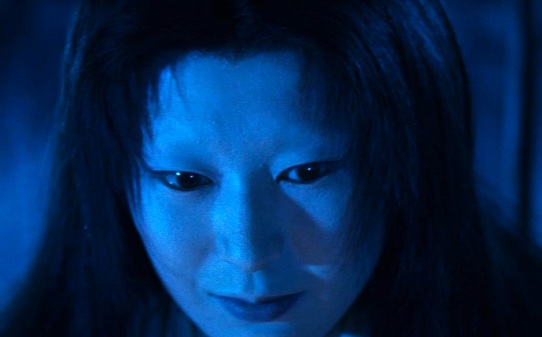Old Sinitic "rice", with an added note on "leopard"
We've had extensive discussions about the Old Sinitic reconstruction of the Sinitic word for "wheat". Although we've been circling around it for quite some time now, we haven't yet nailed it down securely, but we're close. While we're still occupied with "wheat", Martin Schwartz sends in this terse, seemingly cryptic, but extremely interesting information about words for rice:
Sorry I can't help by citing the reconstruction I saw in Boodberg
Before digging into the implications of PIIr. *wrinźh for our ongoing quest to find archeolinguistic links between eastern and western Eurasia, I'd like to say a few words about Peter Alexis Boodberg (1903-1972), whose hallowed name has come up several times on Language Log (see here and here [vigorous discussion in the comments]).
Read the rest of this entry »

